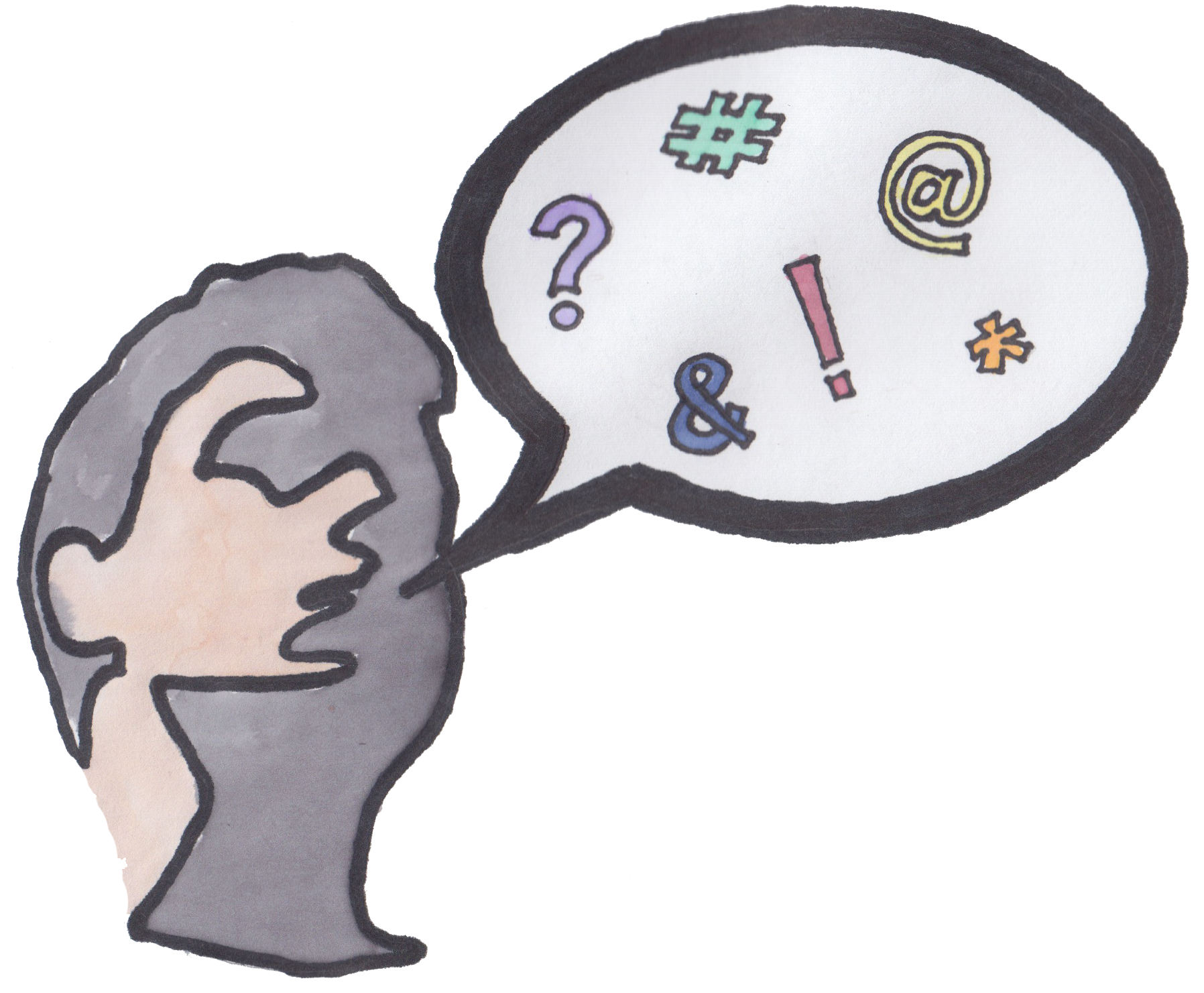Recently, a student publication published anonymous responses to an online survey that it sent out to the student body, requesting comments on the topic of America. One of the responses that was published was an anti-Semitic joke, tragically likening Trump’s resigned National Security Advisor Michael Flynn to the millions of Jewish victims of the Holocaust.
In response to the offense, the Academy emailed the entire Deerfield community outlining a plan of support for those who were hurt or threatened. In addition, the hateful comment was denounced during sit-down meals and School Meeting. In the ensuing conversation on campus, however, these critiques became inextricably rooted in our minds, while the solution to the crisis was barely discussed. With teachers in classrooms or among students in dorms, we generally demonstrated more interest in blaming those responsible than learning from their mistakes. Unaware of the author of the hateful comment at the time, we turned our heads toward the only visible culprit: the publication.

The Merriam-Webster dictionary defines hate speech as “speech that is intended to insult, offend, or intimidate a person because of some trait (as race, religion, sexual orientation, national origin, or disability),” with a particular emphasis on “intended.” Then why did we ignore the non-malicious intent of the offending publication? Perhaps, we should understand the role of “intent” in hate speech as not only referring to the messenger’s actual feelings, benign or harmful, that underlie his or her message, but also how the receiver of the message perceives these feelings. For the actual and the perceived intent to align, it is not enough to simply wish no harm. Apart from keeping our hearts in the right place, we should also strive to familiarize ourselves with the boundaries of our audience, especially if that audience includes members of a social group that our jokes target. After all, we all occasionally laugh at some traits we have in common, but as soon as “outsiders” start treating these traits as comedy material, friendly banter can quickly turn into a bitter exchange of insults.
In America, multiple ethnic groups coexist, each with their own histories. But how do we exercise our constitutional freedom of speech in a society where our different cultures haven’t yet reached a consensus on what that freedom means? Where do we draw the line between black humor and anti-semitism? We may not be able to boast with any certainty that we know exactly where that line lies because of its tendency to change position, depending on who we are, what we or our ancestors have experienced, and who we’re speaking to. As the line shifts, however, we should try our best to move along with it by listening and opening up to each other in order to understand each other’s definitions of what is offensive. If, by accident, disaster strikes despite our efforts, we should treat the scandal as a learning opportunity to bring our Deerfield community one step closer to mutual understanding.

